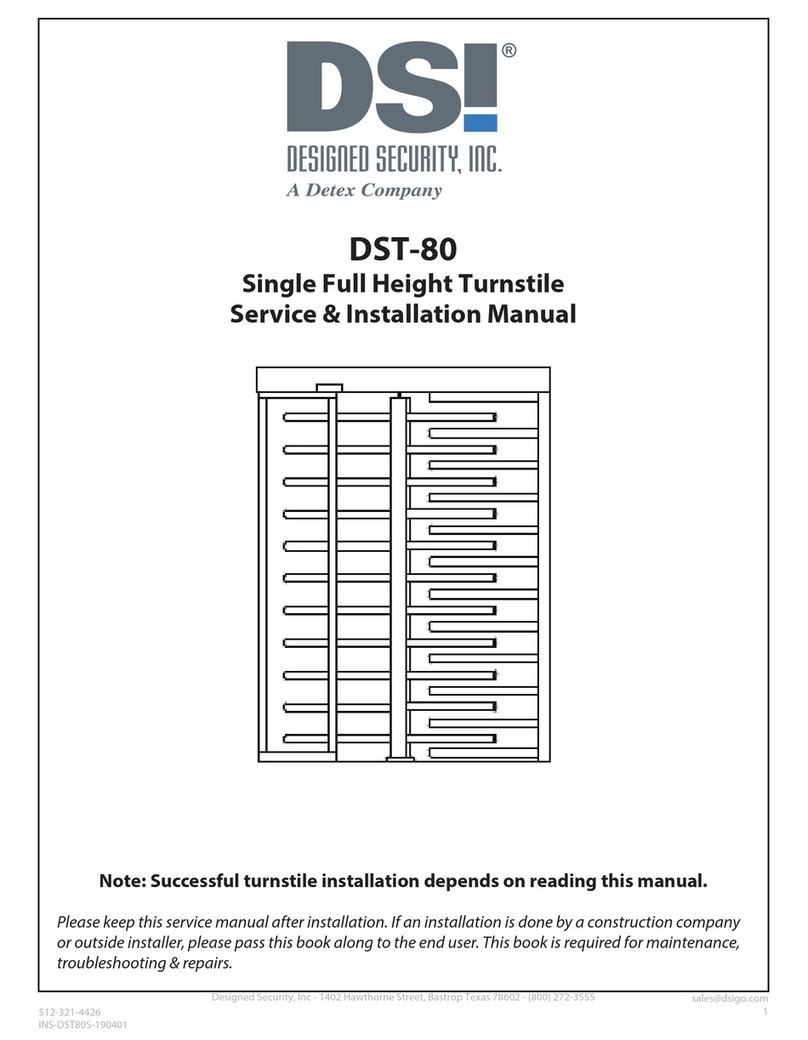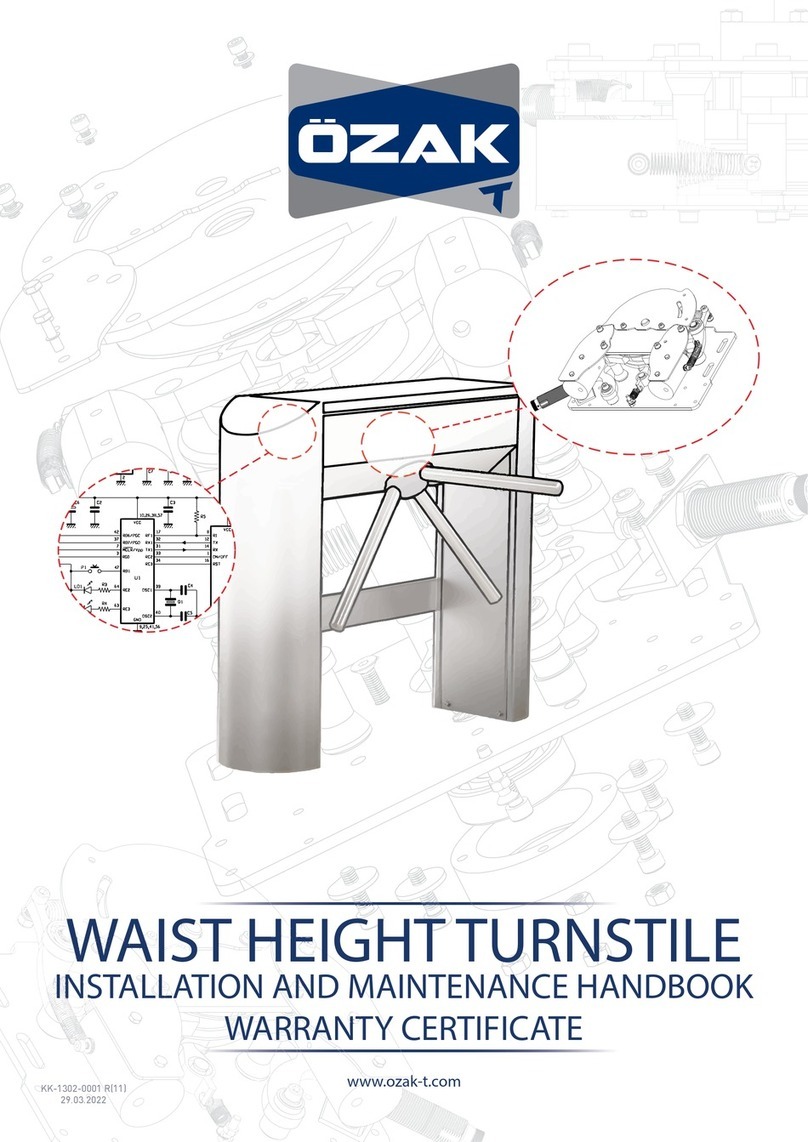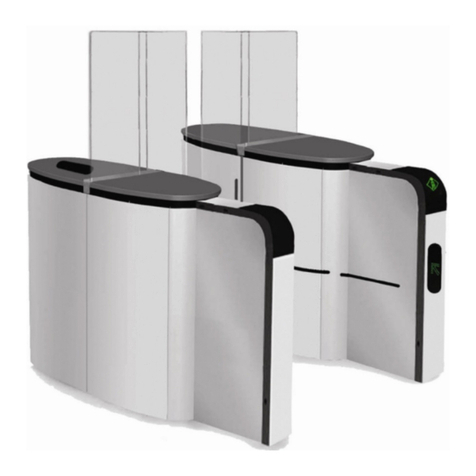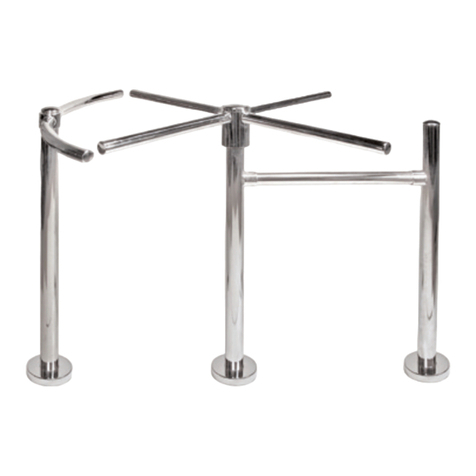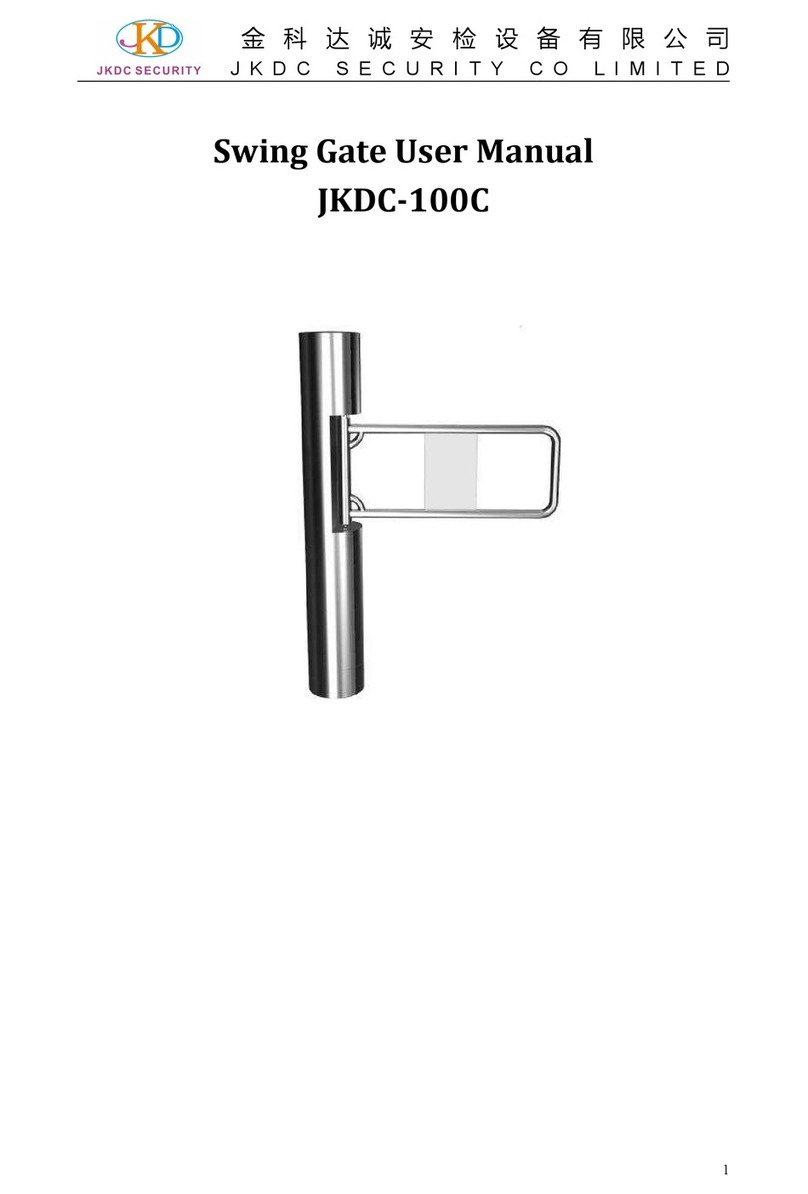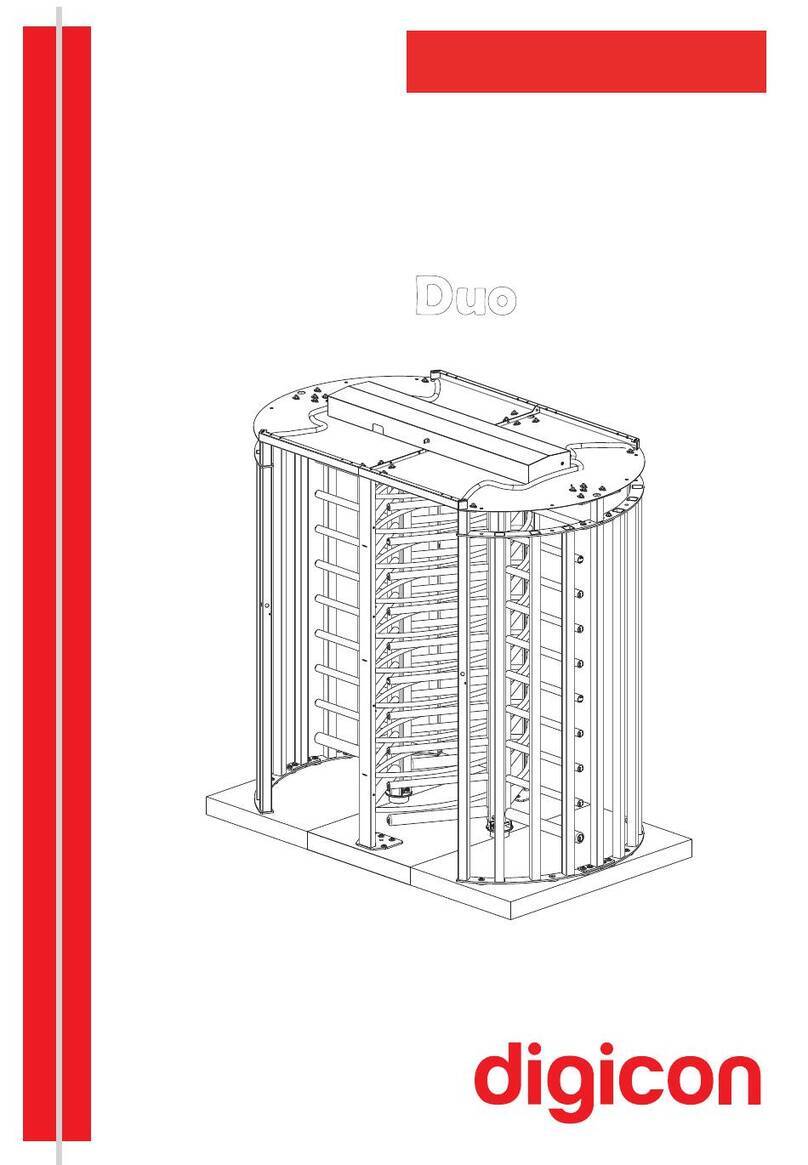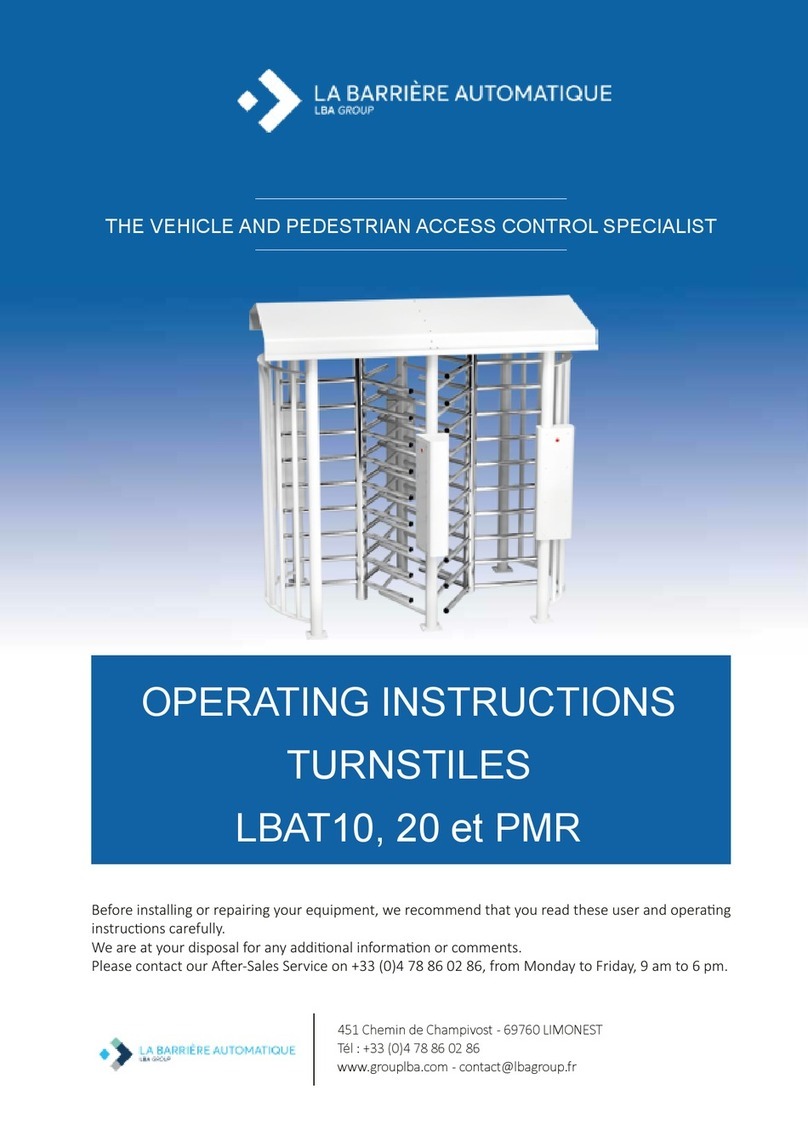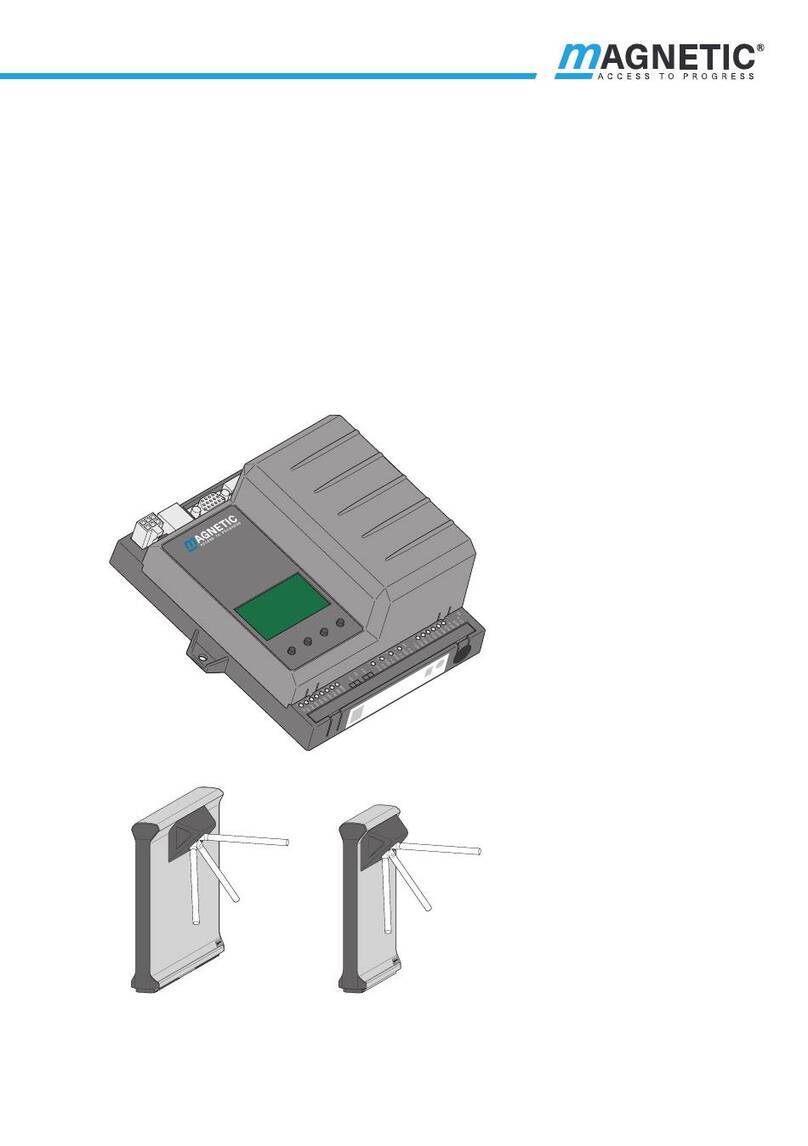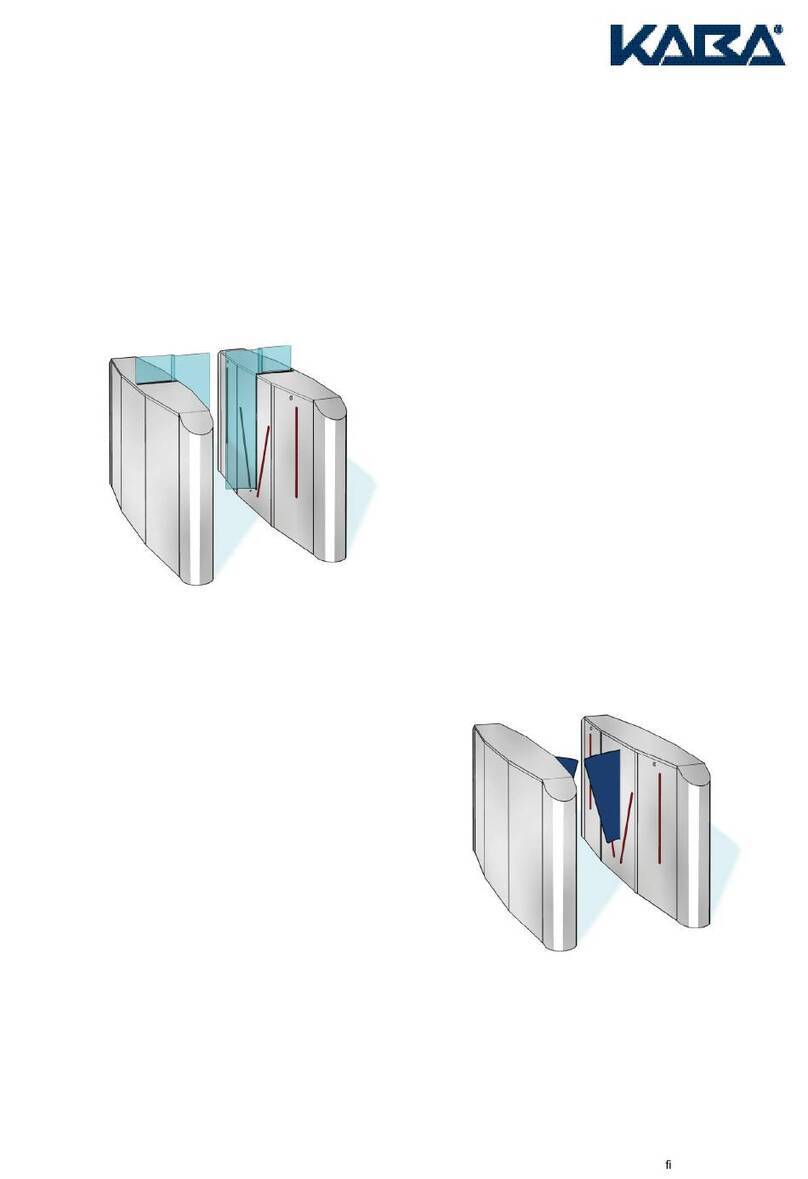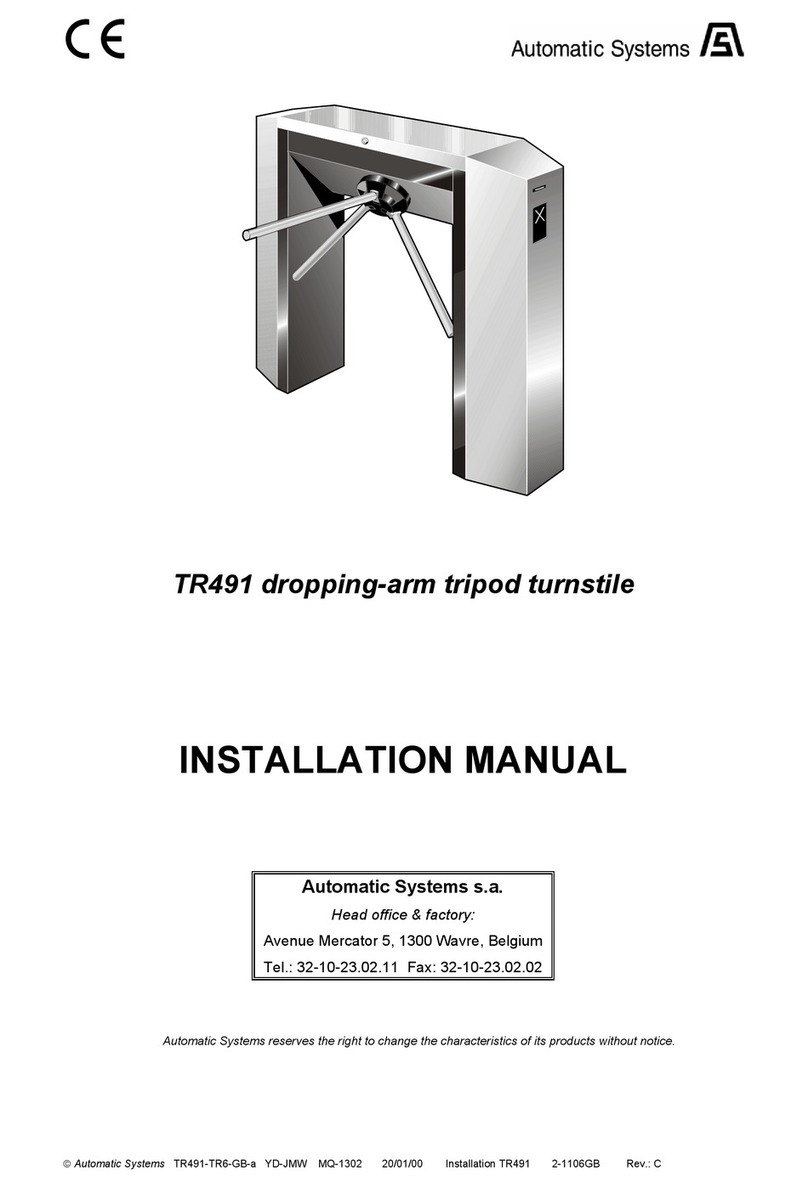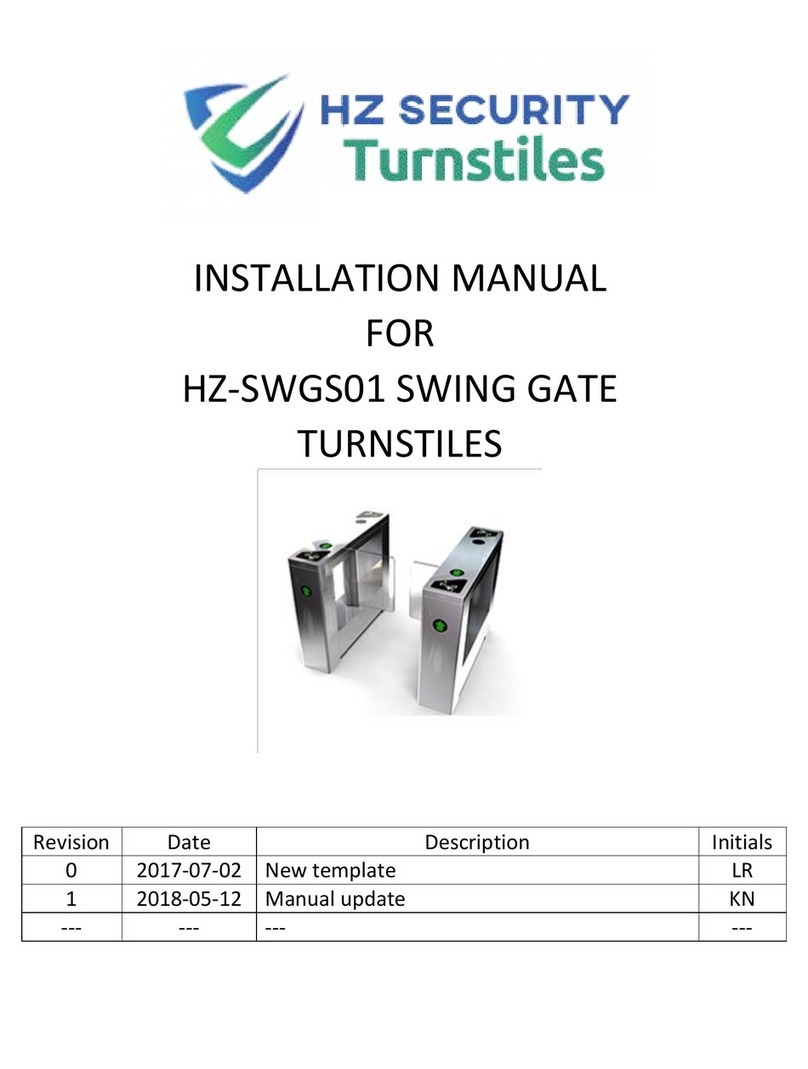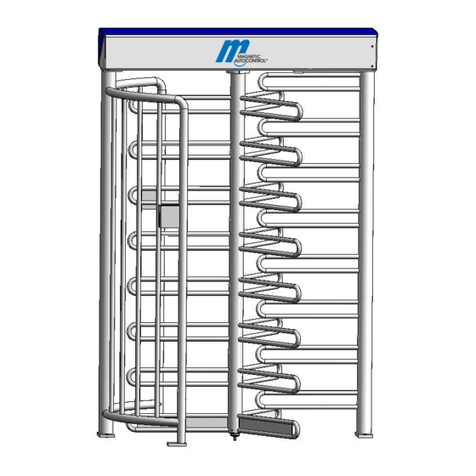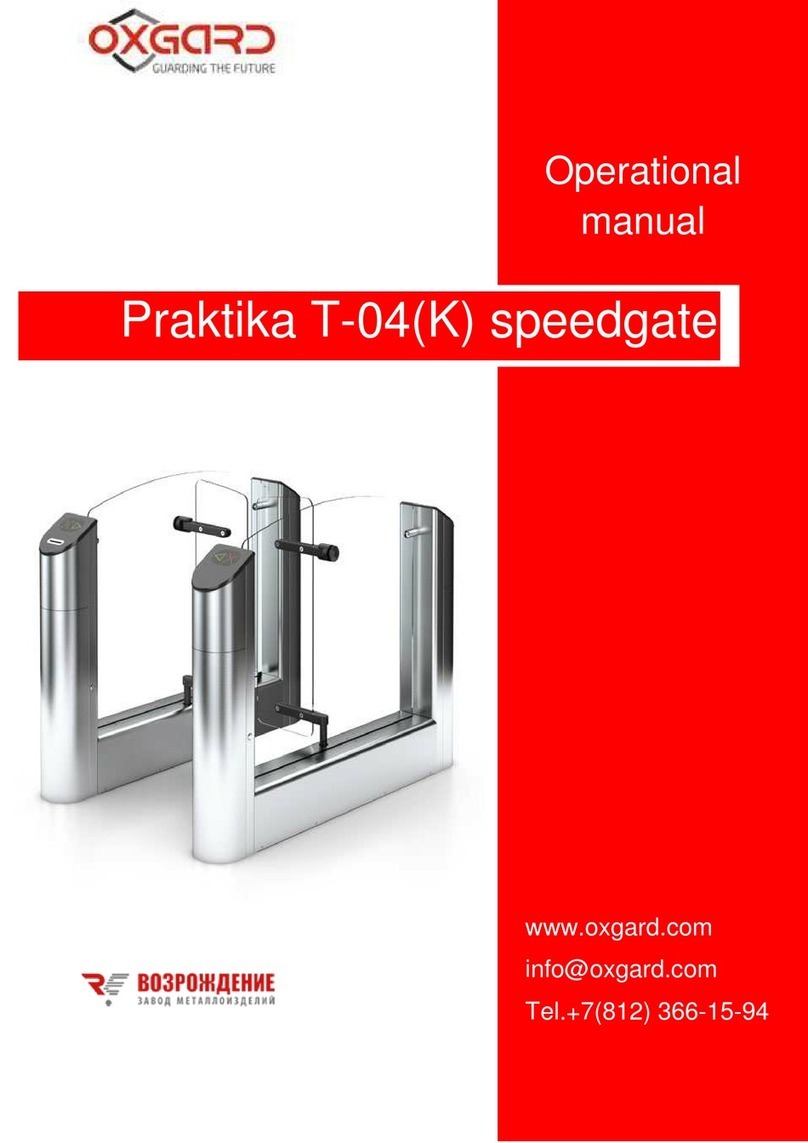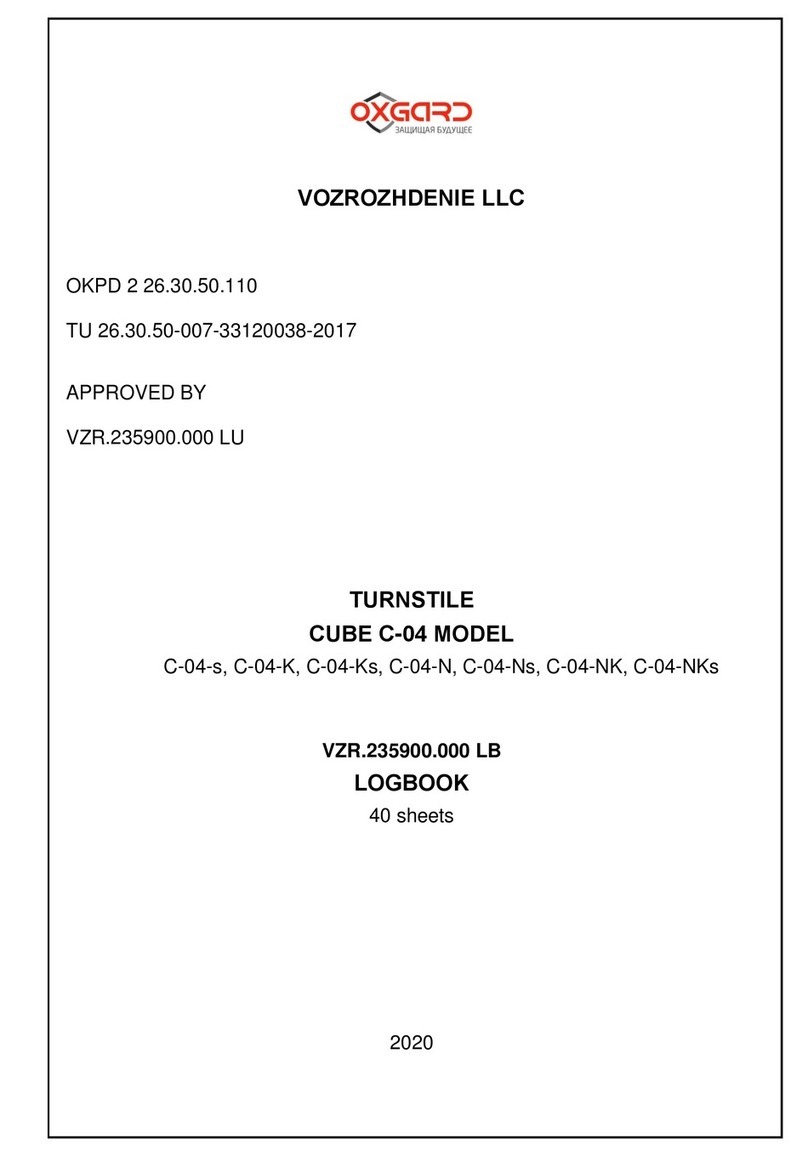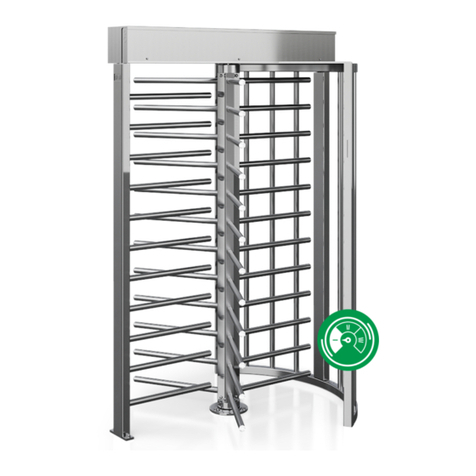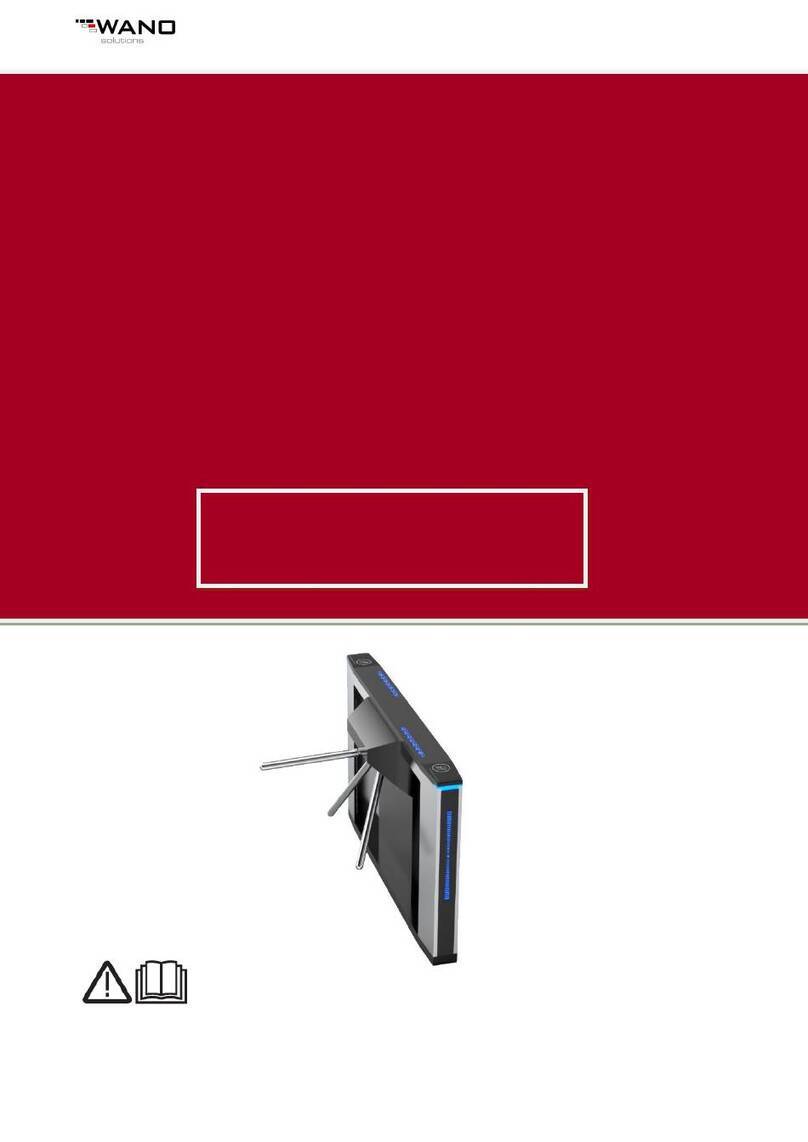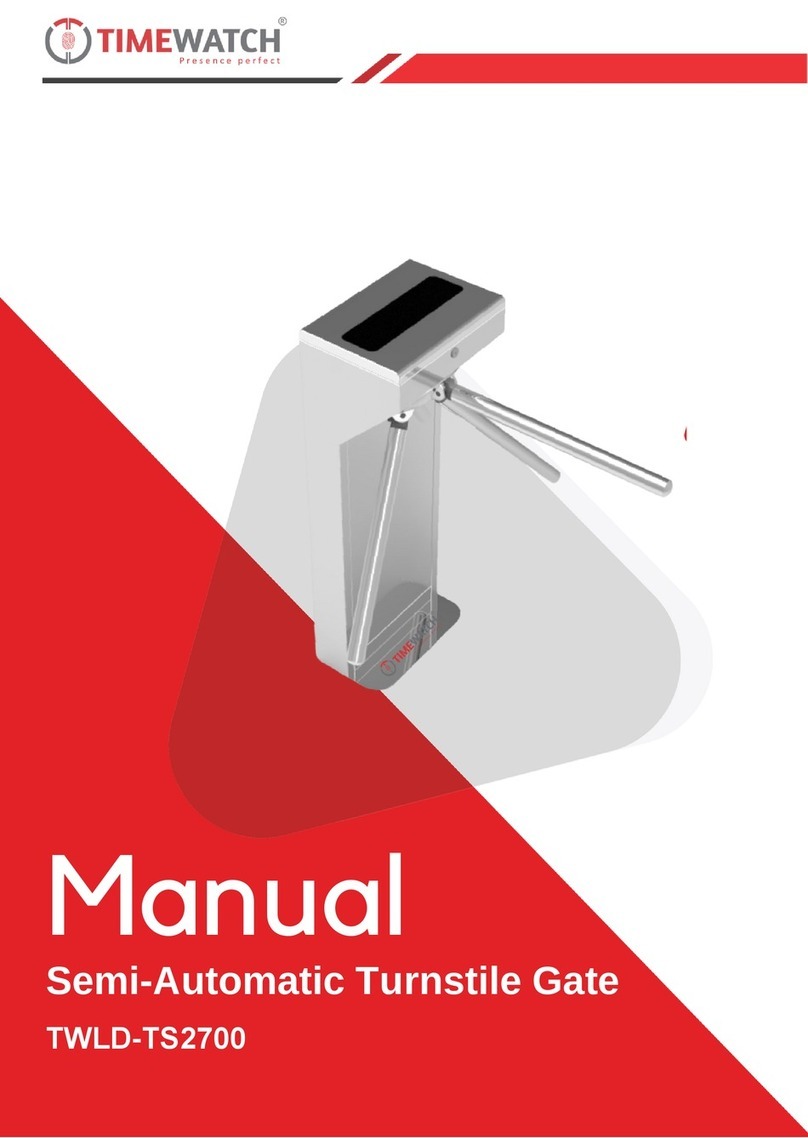
5
4
Índice
06
06
06
07
09
09
11
14
14
14
15
16
19
22
24
25
25
27
27
31
31
32
32
33
33
33
34
34
35
37
38
40
40
40
40
40
41
1. ........................................................................................................Guidelines
2. .........................................................................................Environmental issues
3. ............................................................................................Additional manuals
4. ...........................................................................................Safety instructions
5. .....................................................................................................Introduction
6. ..............................................................................Characteristics and operation
7. .............................................................................................................Models
8. .......................................................................................................Installation
8.1 ......................................................................................Installation site
8.2 .....................................................................................Package content
8.3 ....................................................................................Accessing dFlow
8.4 ............................................................................Drilling and anchorage
8.5 .............................................................Fixating and powering the sensor
8.6 .............................................................Routing of interconnection cables
8.7 .....................................................Power connection and external network
9. .....................................................................................Powering the equipment
9.1 ...................................................................................Important checks
9.2 ..................................................................Turning on the circuit breaker
10. ........................................................................Configuration via selector switch
11. ...............................................................................................Optional items
11.1 .......................................................................................Card collector
11.2 Display ................................................................................................
11.3 No break .............................................................................................
11.4 ....................................................................................Bar code reader
11.5 ..................................................................Access control module - MCA
11.5.1 .................................................................................Antennas
11.5.2 ................................................................................Biometrics
11.5.3 ........................................................................Bar code reader
12. ...................................................................................Technical characteristics
12.1 ..........................................................................................Dimensions
12.2 .................................................................................Other information
13. ...................................................................................Preventive maintenance
14. .........................................................................................................Cleaning
14.1 ....................................................Maintenance and conservation of doors
1 .2 Maintenance and conservation passage control sensor4 ...............................
1 .34 Maintenance and conservation of dFlow (glasses and stainless steel sheets)..
15. .....................................................................Warranty and technical assistance
